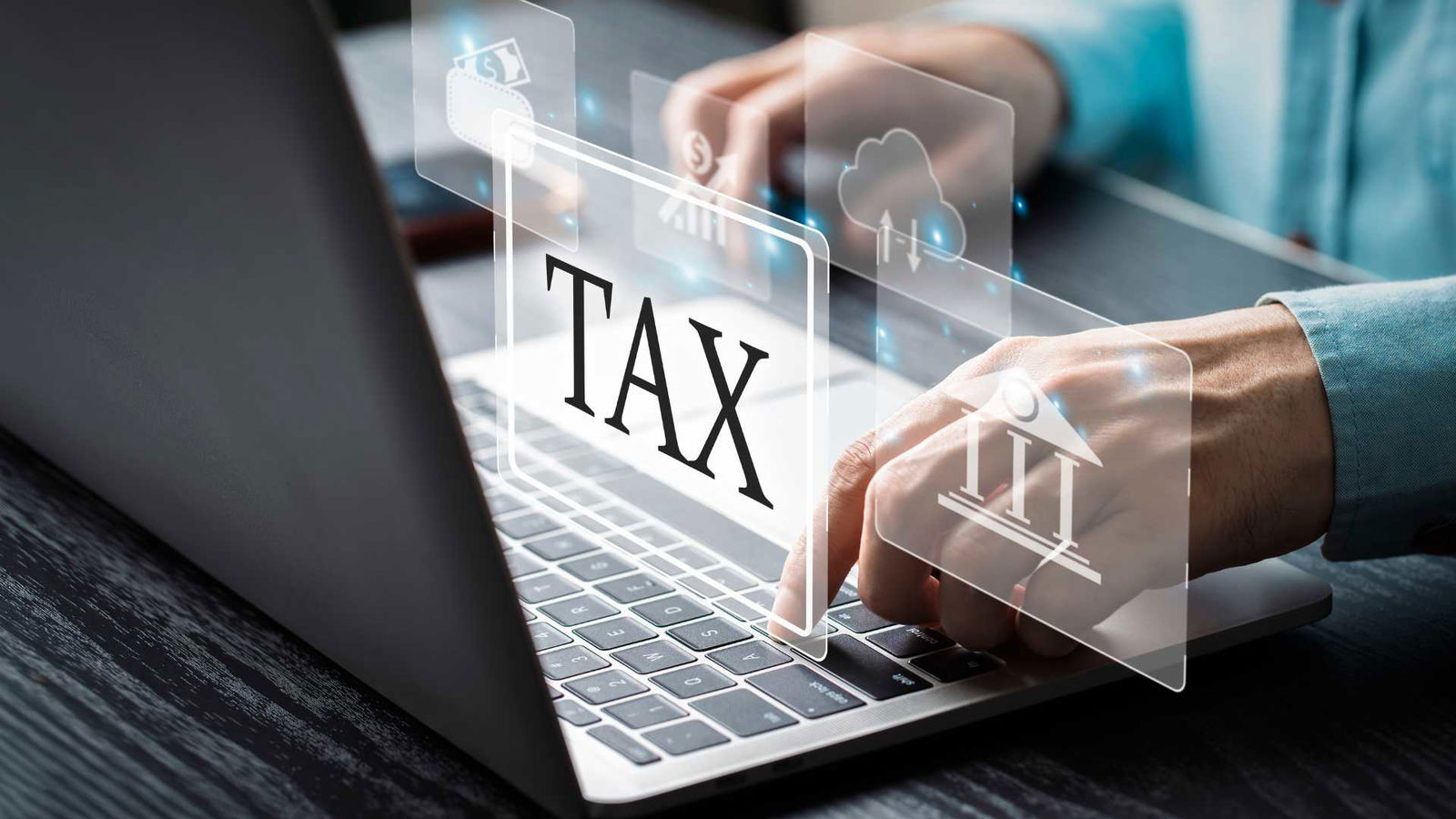For many, Income tax in India is considered as a necessary evil. With continuous-changing tax laws and several lingos – tax exemption, tax deduction, tax rebate, tax-saving and so on – to decrypt, most of us we do not even realize how our income is being taxed and how it is been calculated?
Your Adjusted Gross Income (AGI) is then calculated by subtracting the adjustments from your total income. Your AGI is the next step in figuring out your taxable income. You then subtract certain deductions from your AGI. The resulting amount is taxable income on which your taxes are calculated.
As per CBDT clarification, an individual born on 1st April would complete each year of his age on 31st March, i.e. for FY 2020-21 (AY 2021-22), the date of birth (DOB) of an individual should be on or before 01/04/1961 or 01/04/1941 to complete 60 or 80 years of age on or before 31/03/2021, for getting income tax.
Let’s check out the last date for filing ITR and how to calculate your income tax, so that it will help you compute your own. You can also take measures to save money.
How to use the Income tax calculator for FY 2021-22 (AY 2022-23)?
1. Choose the financial year for which you want your taxes to be calculated.
2. Select your age accordingly. Tax liability in India differs based on age groups.
3. Click on ‘Go to Next Step’
4. Enter your taxable salary, i.e,. Salary after deducting various exemptions such as HRA, LTA, standard deduction, and so on.If you want to know your tax liability under the old tax slabs)
Otherwise, just enter your salary without taking advantage of exemptions such as HRA, LTA, standard deduction, professional tax, and so on.
5. Along with taxable salary, you must enter other details such as interest income, rental income, interest paid on home loan for rented property, and interest paid on loan for self-occupied property.
6. Click on ‘Go to Next Step’ again.
7. In case, you want to calculate your taxes under the old tax slabs,you will have to enter your tax saving investments under section 80C, 80D, 80G, 80E and 80TTA.
8. Click on ‘Calculate’ to get your tax liability. You will also be able to see a comparison of your pre-budget and post-budget tax liability
Income Tax Calculation
By understanding how the Income-tax is calculating you can estimate your taxes based on your salary or income after the annual Union Budget is presented.
Steps involved in calculating income tax in India
- Evaluate your gross salary by summing up all the allowances, such as Leave Travel Allowance (LTA), House Rent Allowance (HRA), and special allowances, to your basic salary.
- Next, deduct exemptions such as professional tax, HRA, and other basic or standard deductions from gross income.
- Then you have to add your extra income, such as fees, commission, interest, and bonus, if there are any, and also add other income, such as income from renting your properties or any capital gains.
- Next, take away the standard deductions as per Section 80D, Section 80C and other entailments as per Chapter VI A.
- The remaining income is your net taxable income. Importantly, the income slab completely depends on this final income.
Calculation of the Income Tax for the Salaried Individual
Income from salary is the total amount of Basic salary + Special Allowance + HRA + Transport Allowance + any other special allowance. Some components of your income are exempt from tax, including telephone bills, compensation, leave travel allowance, and so on. If the person receives HRA and lives in a rented house, you can claim the exemption on your HRA. You can calculate the exemption portion of HRA by using any HRA Calculator available on the internet.
Ashok works at a Chennai -based MNC and his annual gross income or salary is Rs 15 lakh. After deducting all exemptions from his salary, such as HRA and all standard deductions, his net annual salary is Rs 12.5 lakh.
Last year, he received an interest income of Rs 10,000 from his bank account. The sum of his total investment in APPL Mutual Funds and contribution to EPF is Rs 1.5 lakh. He also invested Rs 20,000 in NPS and has a health insurance policy for his whole family, for which he pays a yearly premium of Rs 15,000
| Income Tax Calculation in India | Assessment Year 2020-21 |
| Gross Income | Rs.15 lakh |
| HRA and LTA | -Rs. 2.5 lakh |
| Standard deduction | -Rs. 50,000 |
| Net salary | Rs. 12 lakh |
| Income from other sources | Rs. 10,000 |
| Gross taxable income | Rs.12,10,000 |
| Deduction under Section 80C (ELSS + EPF) | – Rs.1,50,000 |
| Deduction under Section 80CCD(1B) for NPS | – Rs.50,000 |
| Dedication under Section 80D for health insurance premiums | – Rs.15,000Dedication |
| n under Section 80TTA for interest on a bank account | – Rs.10,000 |
| TOTAL INCOME | Rs.9,85,000 |
Now, let’s check out how much money is going to be taxed
| Tax rate | Amount per annum |
| Up to Rs. 2.5 lakh | 0 |
| 5% on Rs. 2.5 lakh (Rs. 5 lakh – Rs. 2.5 lakh) | Rs. 12,500 |
| 10% on Rs. 4.85 lakhs (Rs 9.85 lakh – Rs. 5 lakh) | Rs. 61,000 |
As discussed above, tax deductions can help you save a lot of tax money. Some great places or consultancies can guide and help you to achieve this, and also help you to reduce the stress around finances.
We at Kanakkupillai.com are the best in all types of finance-related services. If you have a Question, Then Write to us now at support@www.kanakkupillai.com.





